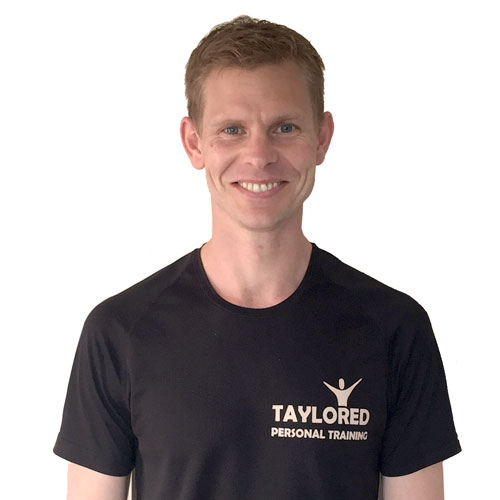To exercise or to rest?
The General Adaptation Syndrome –GAS. You stress the body, you give it time to recover, then an adaptation occurs. Hans Selye is the brilliant man who discovered this phenomenon, and he termed the body’s adaptation to training ‘Supercompensation’. The fitness level of a human body in training can be broken down into four periods: initial fitness, training, recovery, and ‘super compensation’.

During the initial fitness period, the target of the training has a base level of fitness. Upon entering the training period, the target’s level of fitness decreases After training, the body enters the recovery period during which level of fitness increases up to the initial fitness level. Because the human body is an adjustable organism, it will feel the need to adjust itself to a higher level of fitness in anticipation of the next training session. Accordingly, the increase in fitness following a training session does not stop at the initial fitness level. Instead the body enters a period of supercompensation during which fitness surpasses the initial fitness level. If there are no further workouts, the body’s fitness level will slowly decline back towards the initial fitness level. First put forth by Hungarian scientist Nikolai Jakowlew in 1976, this theory is a basic principle of athletic training.
If the next workout takes place during the recovery period, overtraining may occur. If the next workout takes place during the supercompensation period, the body will advance to a higher level of fitness. If the next workout takes place after the supercompensation period, the body will remain at the base level.

More complex variations are possible, for instance sometimes a few workouts are intentionally made in the recovery period to achieve greater supercompensation effects.
Have a think about how the General Adaptation Syndrome impacts your training, and think about how life stress may impact your recovery.
Adam Taylor BSc (Hons)
(1) Hans Selye 1950
(2) Shea, Jason
(3) Nikolai Jakowlew 1976

